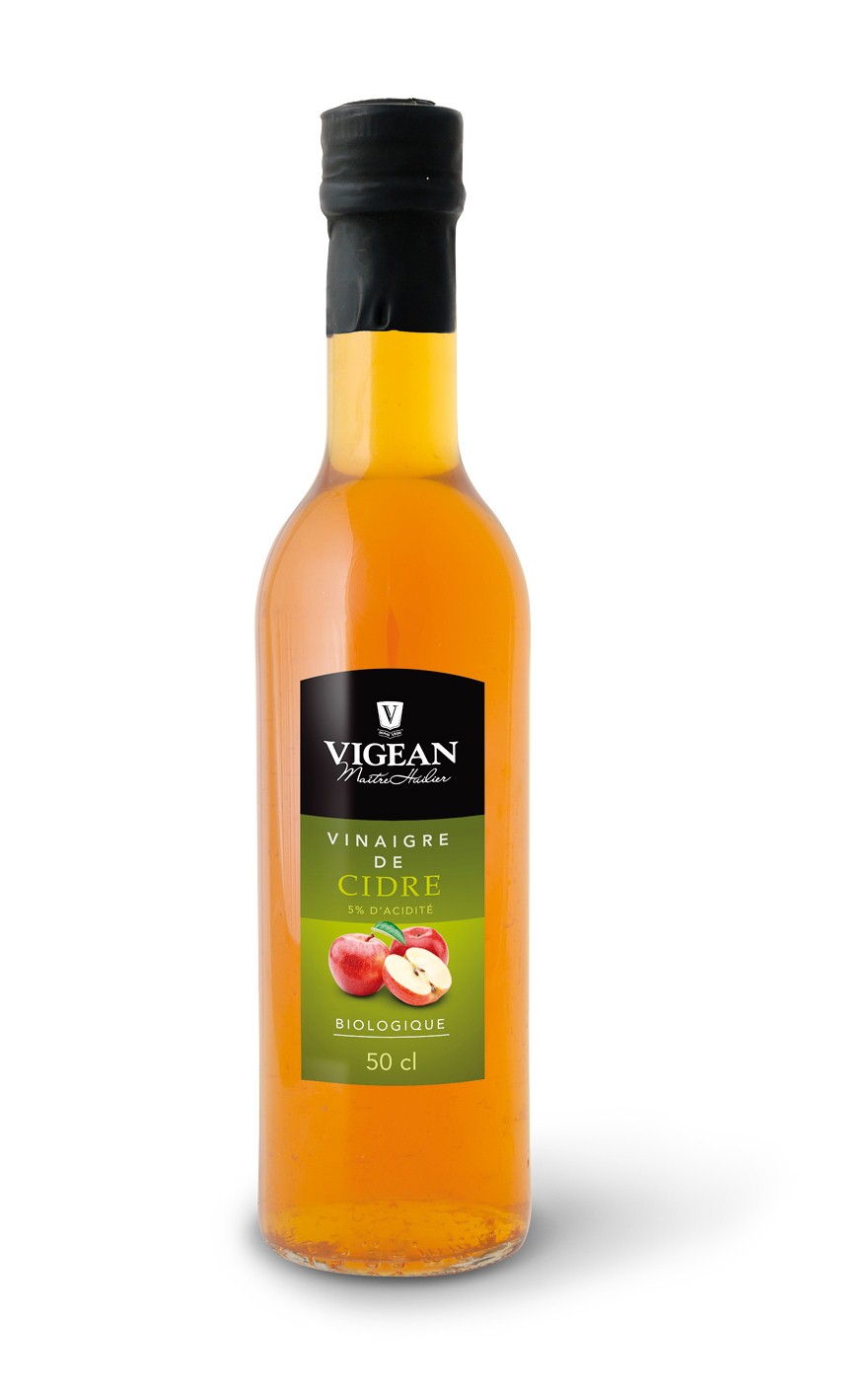
Hotels clion sur indre free#
, being established in 1996, is longtime Europe’s leader in online hotel reservations.Īt you won't be charged any booking fees, cancellation fees, or administration fees – the reservation service is free of charge. in partnership with offers highly competitive rates for all types of hotels in Clion, from affordable family hotels to the most luxurious ones. The Chateau Frontenac is now operated as one of Fairmont's luxury hotels.Clion hotels: low rates, no booking fees, no cancellation fees. Visitors that do not stay at the hotel can walk through the lobby and visit some lower-floor boutiques. It is also one of the monuments most associated with Old Quebec City and Quebec as a whole. The Château Frontenac is one of the most photographed hotel in the world.
Hotels clion sur indre windows#
Several of its elements are typical of the Chateau style, such as the steeply pitched roof, the massive towers and the circular and polygonal turrets, the ornate gables and dormers, the tall chimneys, the row of false machicolations above the windows of the third floor, high-quality materials and spectacular setting. The structure is built of gray ashlar and orange Glenboig bricks, which hides a steel frame. The architect wanted to leave options for further expansions of the hotel. Its asymmetrical plan includes an interior courtyard. The Château Frontenac now has five wings and a central tower. The general architecture of the main tower of Château Frontenac has great similarities with that of the Château de l'Isle-Savary, located in the town of Clion-sur-Indre (France). Edward Maxwell designed Rondel-type stained glass windows. A stone dated 1647, coming from the Saint-Louis castle and engraved with a Maltese cross, is inlaid in the arch leading to the courtyard. The coat of arms designed by architect Eugène-Étienne Taché for Frontenac has been incorporated in several places in the hotel, notably on the entrance arch's exterior wall. The hotel was unfortunately damaged in a fire in 1926, but the interior was rebuilt soon after. The hotel was further extended in 1919, and the Saint-Louis wing and the central tower were added between 19. The Mont-Carmel wing was built from 1908 to 1909 according to plans by W.S.

Work on the Riverview Wing (literally “View of the River”) was completed in 1893, and the hotel was an immediate success.

The chosen project was that of the American architect Bruce Price, who had already built the Windsor station in Montreal.įrom the start of the project, Bruce Price designed a building that successive additions could enlarge the hotel, and the hotel will be subject to expansions in 1897, 1908, 1920, and 1990. The first phase of the Château Frontenac construction, ordered by the Canadian Pacific Railway, began in 18922. It would be an imposing building comprising a luxury hotel and a grand opera house, whose symmetrical plan flanked by three round towers recalls French châteaux of the Loire. In 1890, the architect Eugène-Étienne Taché presented his preliminary project for the fortress-type hotel. The Chateau Frontenac is the second in a long line of 'castle' style hotels built by Canadian railways in the late 19th and early 20th centuries to popularize train travel these hotels have, in fact, become national symbols through their elegance and comfort.Īt the end of the 19th century, Quebec's city wanted to equip itself with a large landmark-rated hotel. The castle was built not far from the historic site of the citadel of Quebec, on the site of the old Haldimand castle, and next to the Dufferin terrace covering the fort's archaeological site and the Saint-Louis castle. Opposite the castle, a funicular connects the Petit Champlain district. The rue des carrières and the Dufferin terrace connect the castle to Quebec's citadel to the south.

The Place d'Armes extends to the north and the Place des Gouverneurs to the south. Besides the terrace, the hotel is bordered to the north by rue Saint-Louis and to the south by rue Mont-Carmel other buildings occupy the same quadrilateral, closed by Haldimand Street to the west. It overlooks Cap Diamant, and its location on the Dufferin Terrace offers a panoramic view of the St. It is visible across the St.Laurence River as the highest of Quebec's higher city monument. The hotel is located in the Upper Town of the historic district of Old Quebec. The castle-hotel was named in honor of Louis de Buade de Frontenac, governor of New France from 1672 to 1682 and from 1689 to 16981. The hotel is in the Chateau style, especially inspired by the castles of the Loire in France. Inaugurated in 1893, it was designated a national historic site of Canada in 1981. The Chateau Frontenac is a historic luxury hotel located in Old Quebec City.


 0 kommentar(er)
0 kommentar(er)
